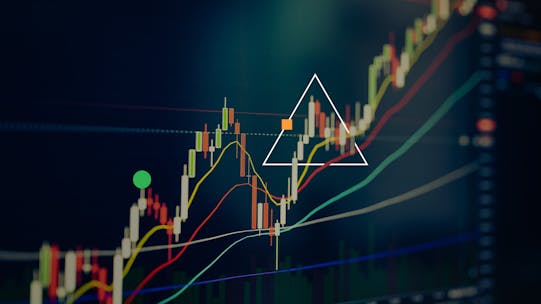Insights
The latest expert views from our investment team on what's moving markets and how this impacts portfolios. These insights aren't financial advice, but you can find that here.
The latest expert views from our investment team on what's moving markets and how this impacts portfolios. These insights aren't financial advice, but you can find that here.



